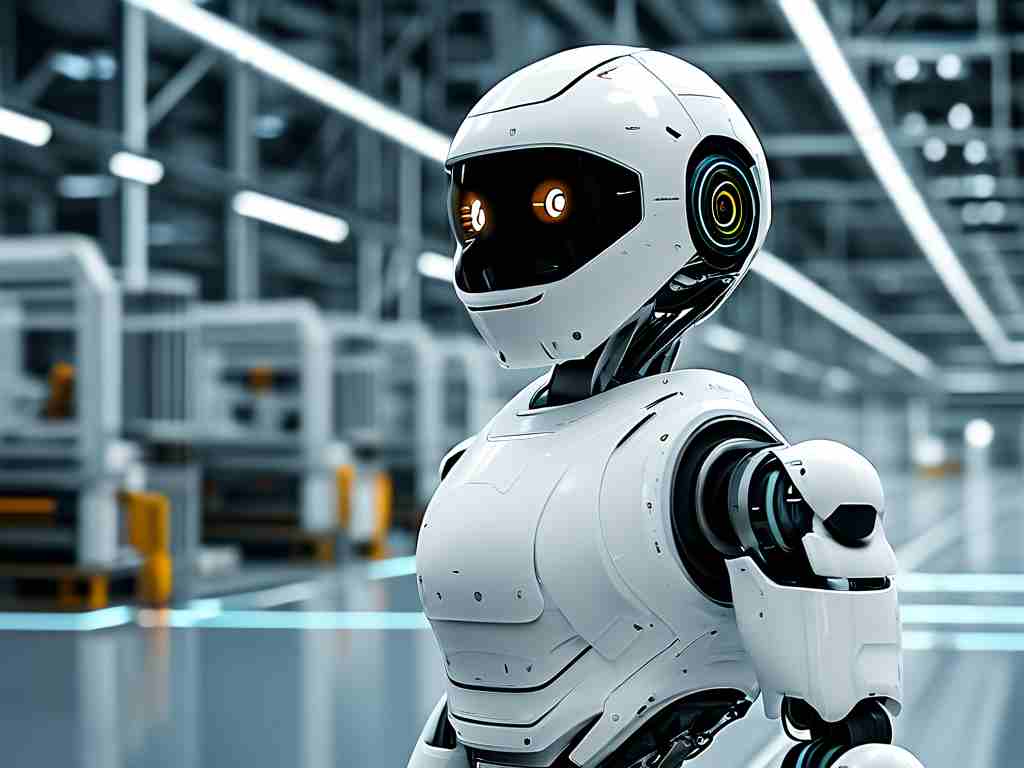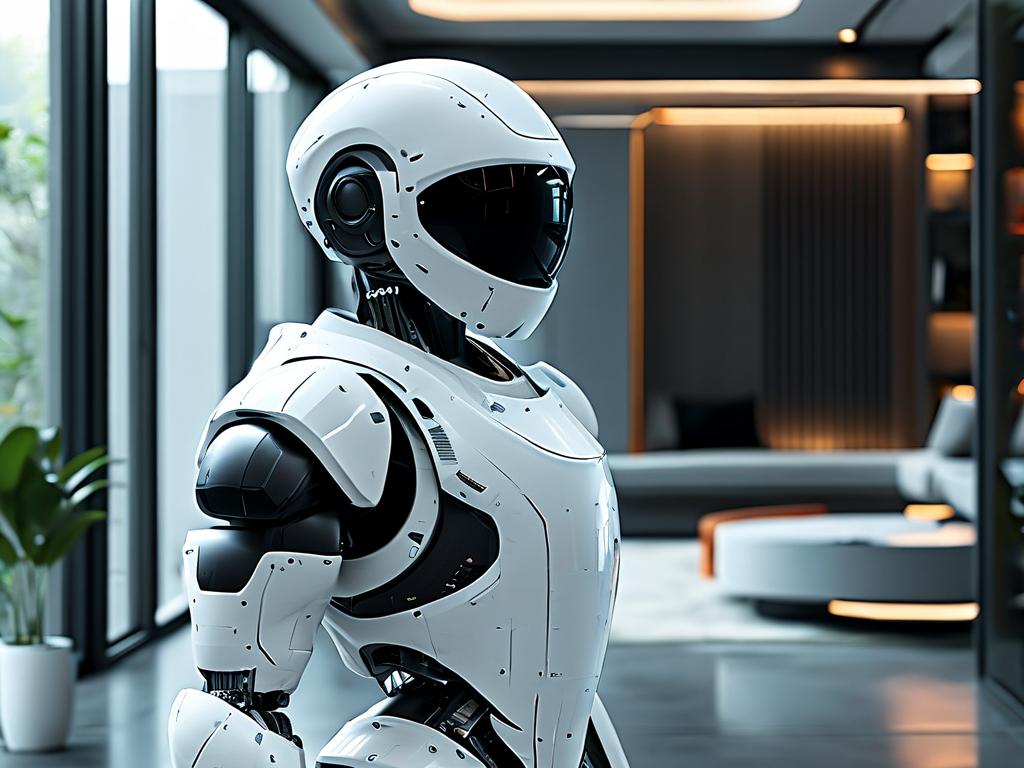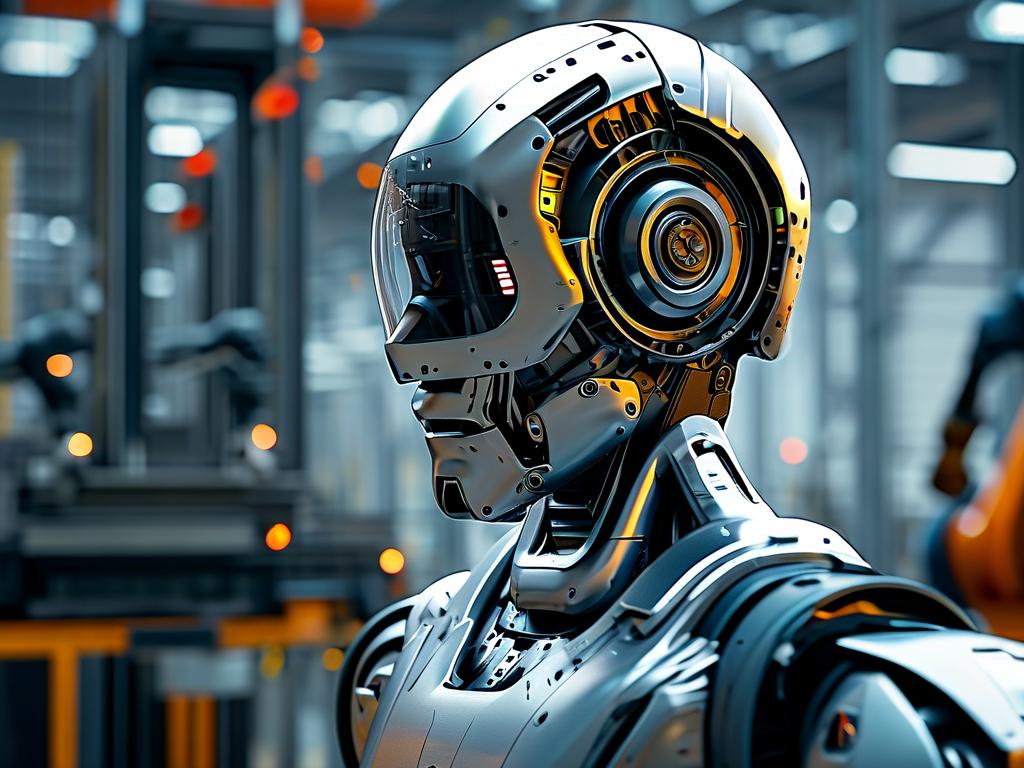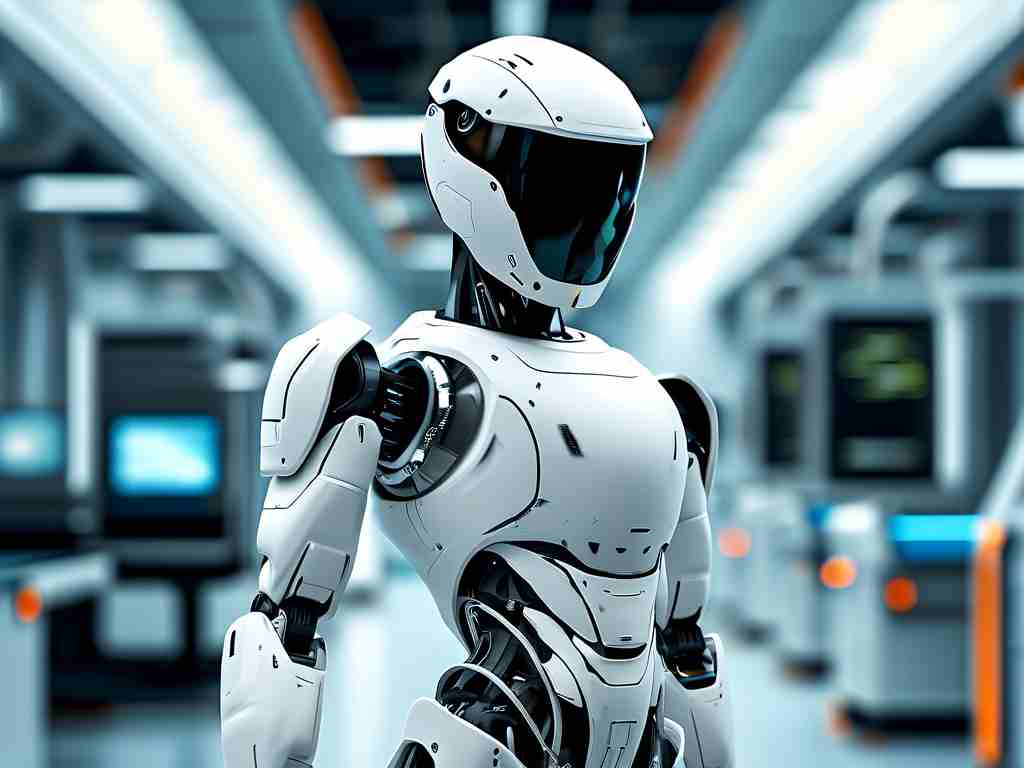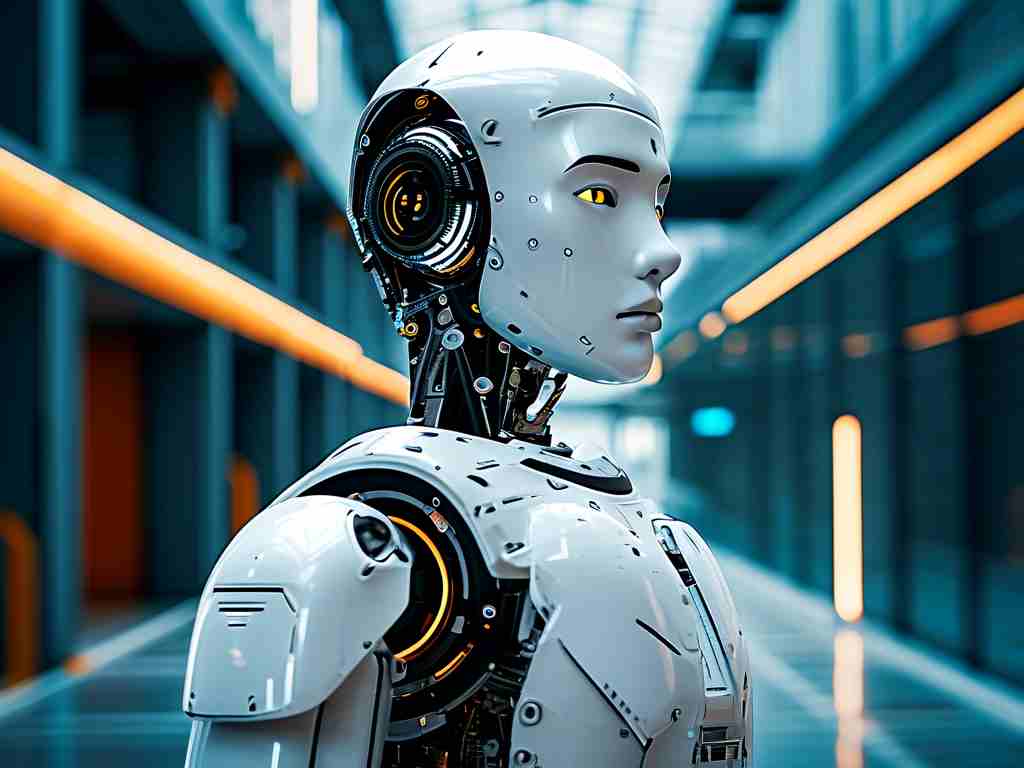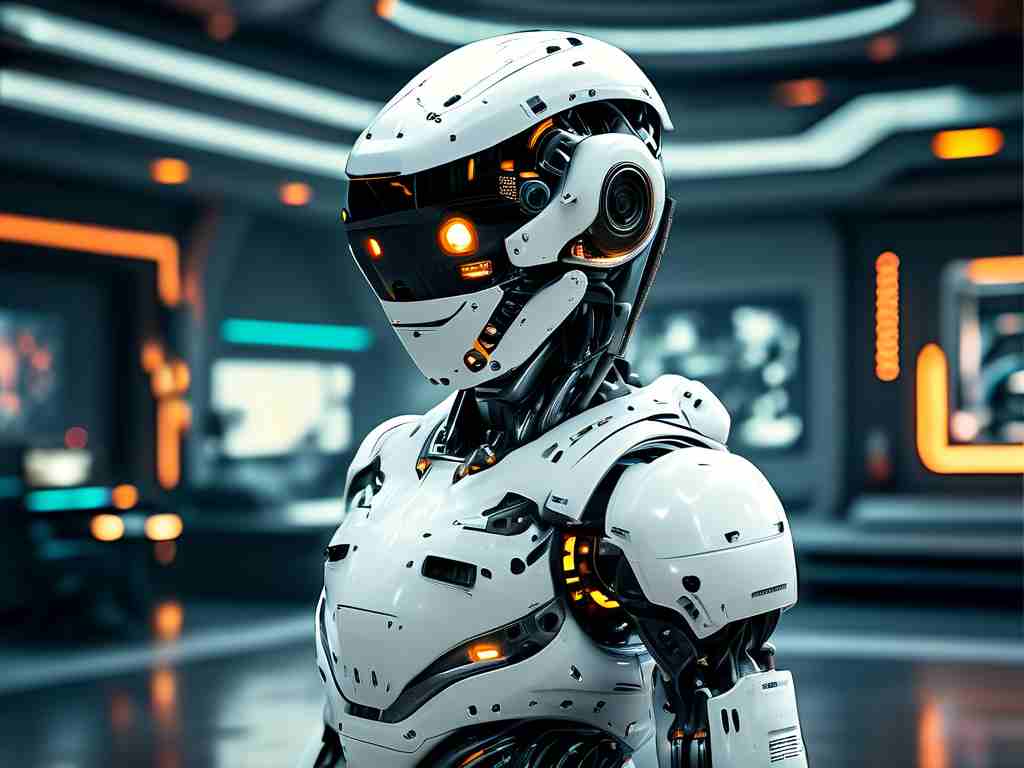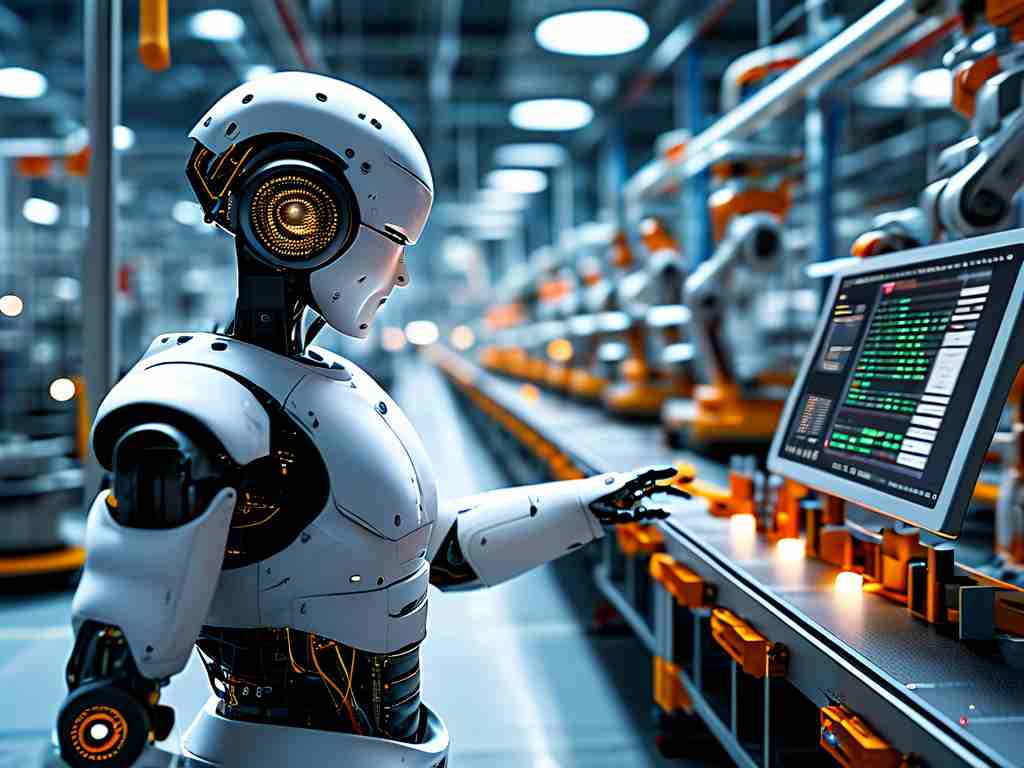Modern robotics has evolved dramatically over the past decade, driven by breakthroughs in artificial intelligence, materials science, and interdisciplinary engineering. Today's robots are no longer confined to repetitive industrial tasks but have expanded into healthcare, agriculture, space exploration, and even creative industries. This article delves into the core technologies powering contemporary robotics, highlighting their applications and future potential.
1. Artificial Intelligence and Machine Learning
At the heart of modern robotics lies artificial intelligence (AI). Machine learning algorithms enable robots to process vast datasets, recognize patterns, and make autonomous decisions. For instance, reinforcement learning allows robots to improve their performance through trial and error, as seen in Boston Dynamics' Spot robot, which adapts its gait to uneven terrain. Computer vision, powered by convolutional neural networks (CNNs), equips robots with object recognition and spatial awareness, critical for applications like autonomous vehicles and surgical robots.
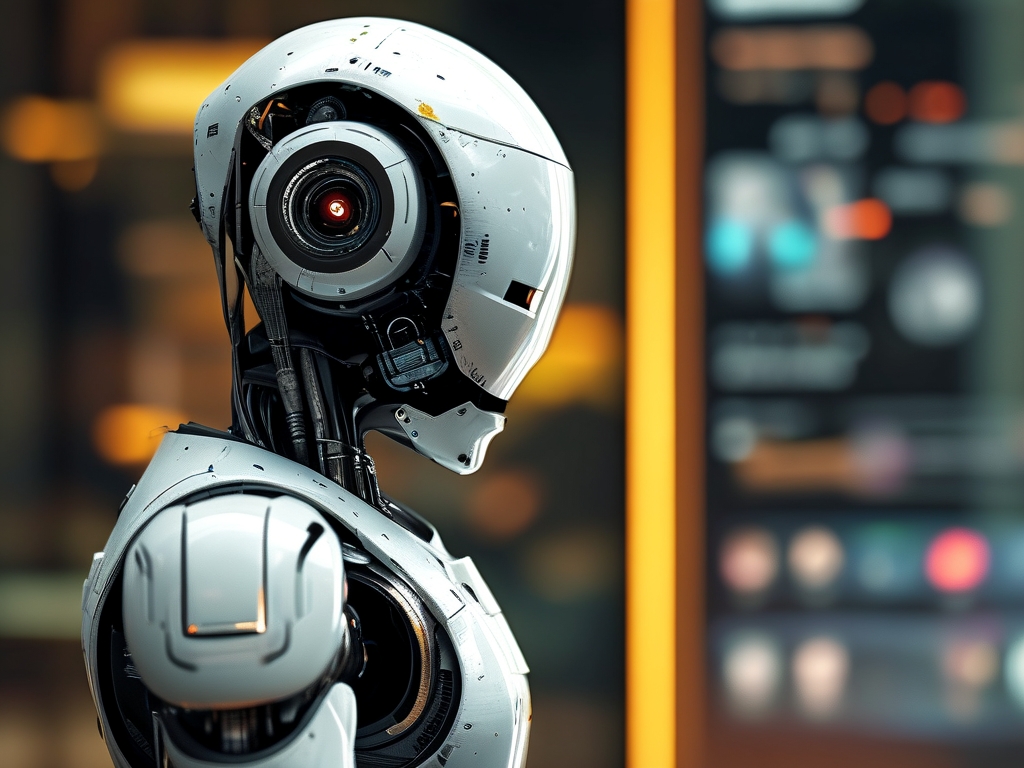
2. Advanced Sensor Technology
Modern robots rely on sophisticated sensors to interact with their environment. LiDAR (Light Detection and Ranging) provides high-resolution 3D mapping for drones and self-driving cars. Tactile sensors, mimicking human skin, allow robots like SoftBank's Pepper to detect pressure and temperature, enabling safer human-robot collaboration. Inertial measurement units (IMUs) ensure stability in drones and humanoid robots by tracking acceleration and orientation.
3. Human-Robot Interaction (HRI)
Natural communication between humans and robots is achieved through natural language processing (NLP) and gesture recognition. Social robots like Hanson Robotics' Sophia use NLP to engage in conversations, while industrial cobots (collaborative robots) interpret hand signals from factory workers. Emotion AI, though still emerging, aims to let robots recognize and respond to human emotions using facial expression analysis.
4. Actuation and Mobility Systems
Robotic mobility has been revolutionized by soft robotics, which uses flexible materials to create safer, adaptable machines. Examples include octopus-inspired grippers for delicate object handling. Hybrid locomotion systems, such as MIT's Cheetah robot combining legs and wheels, enable robots to traverse diverse terrains. In aerospace, swarm robotics allows groups of small drones to collaborate on tasks like environmental monitoring.
5. Edge Computing and 5G Connectivity
Real-time data processing is critical for autonomous robots. Edge computing reduces latency by analyzing data locally instead of relying on distant servers. Coupled with 5G networks, robots like Amazon's delivery drones can operate with millisecond response times. This synergy is vital for applications requiring split-second decisions, such as disaster response robots.
6. Energy Efficiency and Power Systems
Advancements in solid-state batteries and wireless charging extend robotic operational time. Solar-powered robots, like NASA's Mars rovers, demonstrate the potential for sustainable energy use in extreme environments. Energy harvesting technologies, such as converting kinetic motion into electricity, further reduce dependency on traditional power sources.
7. Ethical and Security Frameworks
As robots become more integrated into society, ethical AI and cybersecurity are paramount. Researchers are developing frameworks to ensure transparency in robotic decision-making and prevent malicious hacking. The EU's proposed AI Act, for instance, mandates strict guidelines for high-risk robotic applications.
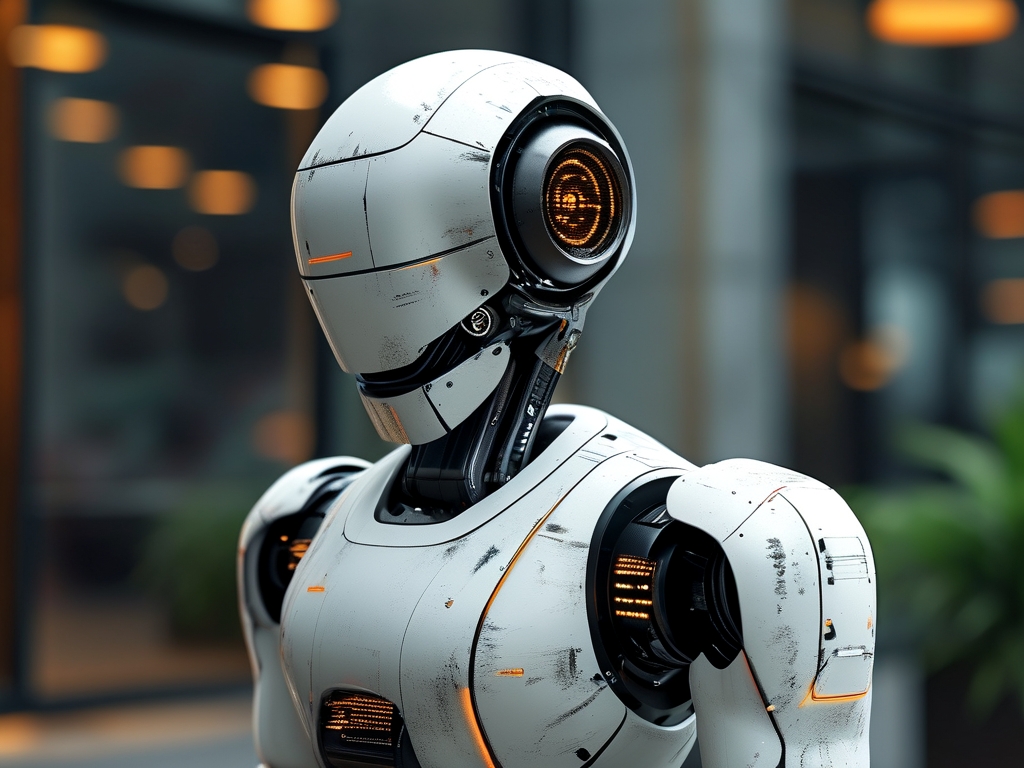
Future Directions
Emerging technologies like quantum computing and neuromorphic engineering (mimicking the human brain's structure) promise to unlock unprecedented robotic capabilities. Meanwhile, interdisciplinary collaboration will drive innovations such as biohybrid robots combining organic tissues with mechanical components.
In , modern robotics is a tapestry of interconnected technologies, each pushing the boundaries of what machines can achieve. From AI-driven autonomy to ethical governance, these advancements are not just reshaping industries but redefining humanity's relationship with technology.


